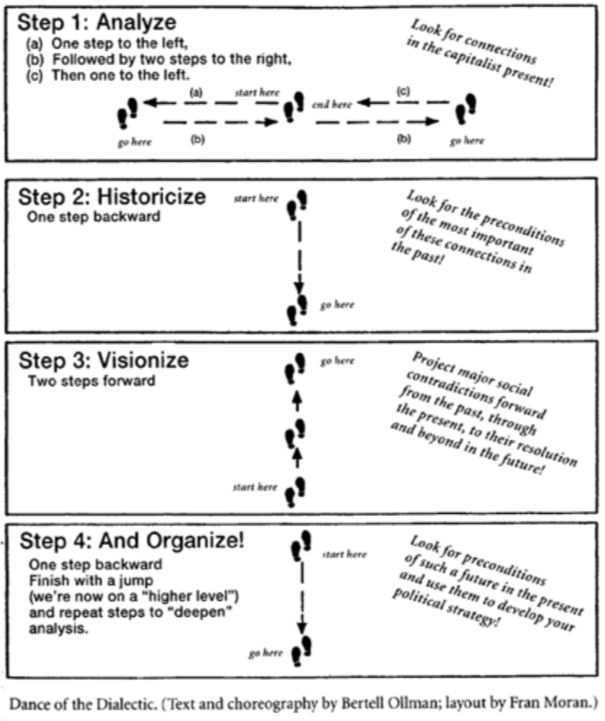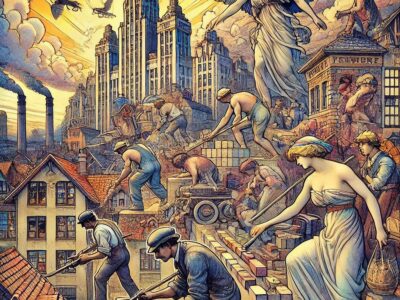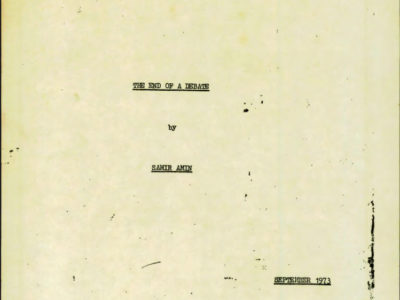Kersplebedeb has recently published Torkil Lauesen’s book, “The Principal Contradiction”. We are publishing extra material related to the book which is still WORK IN PROGRESS, that is, unfinished. Feel free to contact us and provide any feedback you might have regarding this work, and we’ll make sure it is received by the author.
The Most Important Contradictions
 What follows is a summary of the history of the capitalist world system in a few paragraphs.
What follows is a summary of the history of the capitalist world system in a few paragraphs.
The foundations of the capitalist world system were laid between the fifteenth century and industrial capitalism’s breakthrough in England in the nineteenth century.
Capitalism’s need to expand accumulation drove it out into the world in the form of colonialism. Imperialism became necessary for continued capital accumulation. It created inter-imperialist rivalry. In World War I, the European colonial powers fought one another. In World War II, Germany and the USA fought over the succession to the British Empire.
The nation-state facilitated the development of capitalism. The political form that a particular nation-state took depended on the national character of the class struggle.
After World War II, neocolonialism under US hegemony stood in opposition to the socialist bloc consisting of the Soviet Union, Eastern Europe, and China (a third of the globe) and anti-imperialist movements in the Third World. By the 1970s, the social welfare state had become a serious obstacle to the ambitions of transnational monopolies demanding the globalization of capital mobility, production, and trade.
Capital’s counteroffensive in the form of neoliberalism turned the welfare state into a “competitive state,” caused the socialist bloc to collapse, and crushed anti-imperialist resistance. Neoliberalism brought capitalism thirty golden years until the bubble burst in 2007.
Pressure creates counterpressure. Unlike capital and goods, people have limited mobility. They experience neoliberalism’s negative consequences and rise in protest. Nationalism surged and people demanded stronger states and less globalization. This threw sand into the neoliberal machine. A political crisis was added to the economic one. In addition, the ecological consequences of two hundred years of capitalist growth began to show. The capitalist world system has entered an existential crisis that will lead to huge changes in the world system during this century.
All in one sentence: the contradictions within the world system are a result of the conflict between capitalism’s inherent need to expand and attempts by certain classes and states to regulate or resist it.
This illustration is an attempt to present capitalism’s principal contradictions throughout history and how they have interacted. In the middle are the principal contradictions that primarily originated at the center of capitalism. A hegemonic world power in 1884, Britain declared a line drawn through the Royal Greenwich Observatory near London to be the world’s prime meridian, the dividing line between East and West. This is represented in the graph, which contains only the most important contradictions. If we could zoom in on specific times and places, there would be a long list of particular contradictions, and the complexity of global, national, and local contradictions would become much more clear. Readers are encouraged to step up to the task.
Bertell Ollman, professor of philosophy at New York University has provided another dialectic methodic tool, summarizes as the “Dance of the Dialectic”1. The sequence of steps can be summarized as:
Analyze how contradictions interrelate. What is the history of these contradictions? How will they possible develop in the future? On basis of this analysis, reflect on how to organize! Evaluate your praxis and take one round more in the dance.

The material above can be downloaded in PDF format: graph, and article text











The diagram showing contradictions through time looks very interesting. However, the resolution is very poor and very difficult to read when zooming in. Is there a newer / higher resolution version of the image available somewhere?
Thank you for your feedback. We’ll request a better version. Hopefully we get lucky.